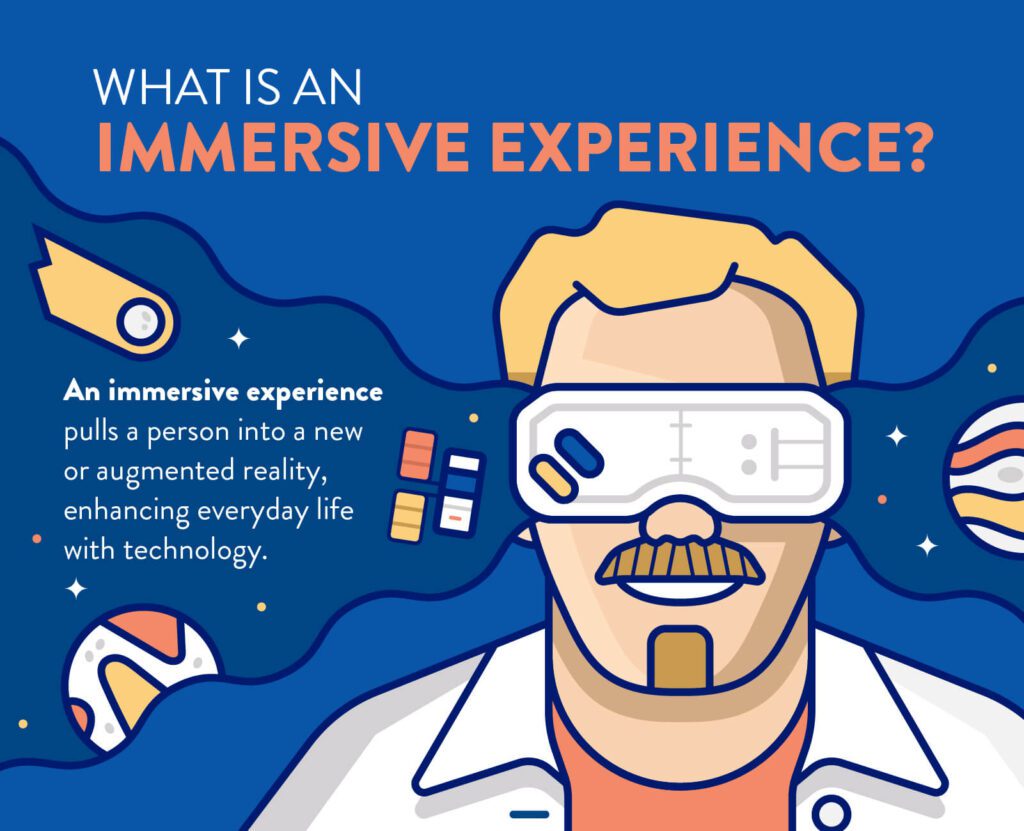Virtual reality (VR) has transformed the gaming industry by providing gamers with an immersive experience. Developers can create virtual worlds where players interact with the in-game environment, giving rise to a novel form of game design. VR games go through a five-step process: conceptualisation, design, development, testing, and release. VR game designers require a range of tools such as 3D modeling software, game engines, VR development kits, and audio software. To create an immersive experience, they utilise realistic environments, interactivity, sound, and storytelling. In conclusion, with the continued growth of VR technology, the realm of gaming would become even more exciting and immersive.
Creating Immersive Games with Virtual Reality Tools
Introduction
Virtual reality (VR) is revolutionizing the gaming industry by offering gamers an immersive experience. By using VR tools, game designers can create an environment where players can interact with the game as if they were a part of it. In this article, we will discuss how games are made using virtual reality tools in detail.
Understanding Virtual Reality
To create a VR game, one must first understand what virtual reality is. VR is a computer-generated environment that simulates an experience in the real world. By wearing a VR headset, players are immersed in this environment and can interact with it using their movements or controllers.
Creating a Game in Virtual Reality
The process of creating a game in VR can be broken down into five steps:
Step 1: Conceptualization
The first step in creating a VR game is conceptualization. This involves coming up with an idea for the game, such as the type of environment, storyline, and gameplay mechanics. During this stage, the designer creates a detailed plan for the game, including the look and feel of the environment and how players will interact with it.
Step 2: Design
Once the concept is finalized, the game designer moves on to the design phase. During this stage, the designer uses 3D modeling tools to create the different elements of the game, such as characters, objects, and environments. The designer also creates a prototype of the game to test how it plays and make any necessary changes.
Step 3: Development
After the game is designed, the development phase begins. During this stage, the game designer creates the code for the game and brings it to life. The designer also creates the rules and mechanics for how the game is played, such as how the player moves, interacts with objects, and so on.
Step 4: Testing
Once the game is developed, it’s time to test it. In this stage, the designer tests the game to make sure everything works as intended. The designer also looks for any bugs or glitches that need to be fixed before the game is released.
Step 5: Release
The final step in creating a VR game is the release. At this stage, the designer puts the finishing touches on the game and releases it to the public. The designer also updates the game as needed to fix any bugs or add new features.
Tools for Creating VR Games
To create a VR game, designers need a variety of tools. These tools include:
1. 3D modeling software: This software allows designers to create the elements of the game, such as characters, objects, and environments.
2. Game engines: Game engines are software frameworks that allow designers to create a game without having to start from scratch. Popular game engines include Unreal Engine, Unity, and CryEngine.
3. VR development kits: VR development kits such as Oculus Rift, HTC Vive, and PlayStation VR are essential for creating a VR game. These kits provide designers with the tools they need to create a game that is compatible with VR devices.
4. Audio software: Audio software is used to create sound effects and music for the game. Popular audio software includes Fmod and Wwise.
Creating an Immersive Experience
One of the goals of VR games is to create an immersive experience for the player. Designers can do this by using a variety of techniques, including:
1. Realistic Environments: Creating environments that are realistic and believable helps to immerse the player in the game.
2. Interactivity: Giving players the ability to interact with the environment and objects in the game makes the experience more engaging.
3. Sound: High-quality audio, including sound effects and music, helps to create a more immersive experience.
4. Storytelling: A compelling story that draws players in and keeps them engaged is crucial for creating an immersive experience.
Conclusion
Virtual reality is changing the gaming industry by creating an immersive experience for players. By using VR tools, game designers can create an environment where players can interact with the game as if they were a part of it. VR game development involves conceptualization, design, development, testing, and release. To create a VR game, designers need a variety of tools, including 3D modeling software, game engines, VR development kits, and audio software. To create an immersive experience, designers can use techniques such as realistic environments, interactivity, sound, and storytelling. With the growth of VR technology, the future of gaming is set to be even more exciting and immersive.
